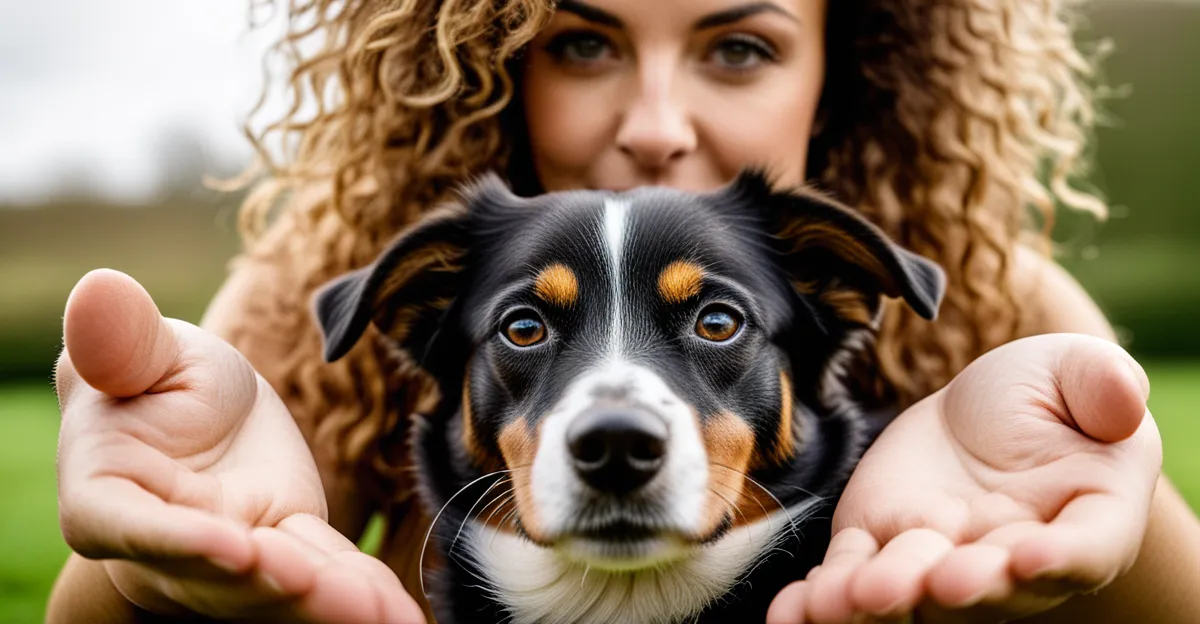Current Landscape of Pet Ownership in the UK
The pet ownership statistics UK reveal that pets hold a significant role in many households, with over half of the population owning at least one pet. Dogs and cats remain the most popular pets UK-wide, consistently dominating the charts. However, recent shifts show smaller mammals and exotic species gaining traction, reflecting evolving owner preferences.
Demographically, UK pet demographics demonstrate diversity: younger adults tend to prefer cats and smaller animals, while families often opt for dogs. Additionally, pet ownership rates vary across regions, with rural areas showing slightly higher rates compared to urban settings. It’s important to note that economic factors also influence these trends; disposable income levels correlate with the ability to maintain pets.
Topic to read : How Can Pet Insurance Benefit Your Furry Friend in the UK?
Understanding these figures helps anticipate changes in pet care needs and market demand. The combination of traditional favorites and emerging pet types underscores the varied landscape of UK pet ownership, where demographic nuances and lifestyle choices continually shape popular pets UK enjoy.
Shifting Demographics and Attitudes
Understanding age groups pet owners UK reveals notable generational shifts. Younger adults increasingly prefer cats and smaller pets, valuing their compatibility with urban living. In contrast, older demographics and families more commonly favour dogs, often seen as companions and protectors.
Also read : Why Are UK Pets So Adored by Their Owners?
The urban vs rural pet ownership divide remains pronounced. Rural residents generally show higher pet ownership rates, particularly of outdoor animals like dogs and livestock-adjacent pets. Conversely, urban pet owners lean towards smaller animals or those requiring less space, reflecting lifestyle constraints.
Attitudes towards pets UK-wide have evolved substantially. Many now consider pets as integral family members rather than mere companions. This societal change manifests in increased spending on pet health, nutrition, and well-being. The emotional value placed on pets encourages more thoughtful choices about pet care and ownership.
Together, these trends in age groups pet owners UK, urban versus rural patterns, and shifting attitudes towards pets UK illuminate the complex social fabric shaping the country’s pet landscape. Recognising these distinctions is crucial for tailoring pet-related services and policies effectively for diverse owner profiles.
Adoption, Buying, and Animal Welfare Trends
Recent pet adoption UK statistics indicate a notable rise in adoption rates compared to traditional buying pets UK approaches. Since the pandemic, many owners have preferred adopting from shelters and rescues, driven by increased awareness of animal welfare and ethical concerns. This shift highlights a growing cultural emphasis on responsible pet ownership within the UK.
Public opinion and campaigns focused on animal welfare UK have gained momentum, pushing for stricter regulations on breeding and sales. For example, efforts to curb puppy farming and ensure better living conditions for pets before adoption or purchase reflect these changing attitudes. Legislative updates in various parts of the UK now mandate more transparency and welfare checks in the buying process to discourage unethical suppliers.
Furthermore, the rising focus on animal welfare UK impacts how prospective owners approach pet acquisition. Potential adopters seek pets with verified health and behavioral assessments, while buyers are more cautious about the sources. This trend not only improves animal well-being but also shifts consumer behaviour from impulse buying towards informed decisions, reinforcing the responsibility tied to pet ownership in the UK.
Pet Care Spending and Economic Impact
The rising pet spending UK illustrates how pet ownership extends beyond companionship to a significant economic force. Recent data confirms increased expenditure on nutrition, healthcare, and accessories, mirroring growth in the UK pet industry. This sector now comprises billions of pounds annually, providing a wide range of products and services that cater to evolving owner needs.
Economic shifts and rising pet care costs UK heavily influence spending patterns. Inflation has heightened costs for premium pet food, veterinary care, and grooming, prompting some owners to adjust budgets or seek value alternatives without compromising pet welfare. This economic pressure also impacts demand within the UK pet industry, affecting supply chains and service availability.
Pet owners increasingly invest in preventive healthcare and enrichment products, reflecting a focus on quality of life and longevity. The expansion of pet insurance, specialty diets, and wellness treatments underscores the sector’s maturation. Understanding these financial dynamics is crucial for businesses and policymakers aiming to support a sustainable, resilient UK pet industry amid changing economic conditions.


